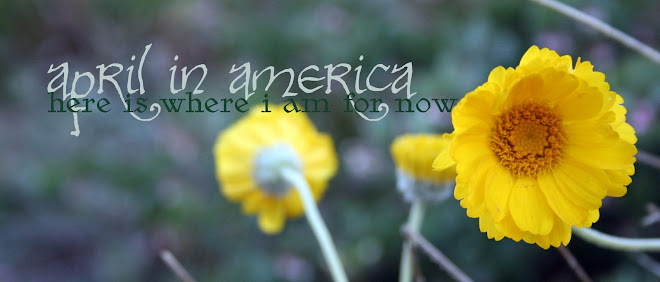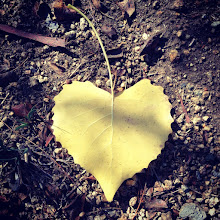I'm consolidating my life list--birds that i have seen in various places. I also overhead some people complaining about dating. Oddly enough, the way my brain works (a bit like a ping pong ball) weaver birds came to mind.
There are many species of weaver bird; i'm still checking which one i saw in Cameroon. They build purse-shaped nests out of plant material, usually strips of palm fronds. The palm trees around the country were often spindly-looking--not the lush images you see in tropical beach photos of Hawaii or touristic posters. The birds nearly kill trees by stripping off all the leaf material.
Then they load up the nearly-empty fronds with the hanging nests. It can look a bit decorative, especially on non-palm trees. If you have ever seen a pomegranate tree in winter with the ripe red fruit hanging on the bare branches, you've seen a similar silhouette. The main difference is that weaver bird nests are grey-ish instead of a vivid red, and a cacophony follows wherever they go.
Male weaver birds are the ones who weave the nests.
Somehow they convince a female weaver bird to come check out the nest they have built. My understanding is that she does her best to destroy the thing. If she is unsuccessful, they live happily ever after (until the breeding season is over). If she does destroy the nest, the poor bloke has lost his chance with her and must start over to try and woo another.
Sometimes, despite the male's best architectural designs and the female's careful choosing, the nests do end up on the ground. Maybe a human decided to chop down that bamboo stick. Maybe there is a particularly bad storm and the nest is blown away. Maybe a snake or another predator gets to the nest. No way the birds could have predicted that; they did their best with the knowledge they had.
I wonder how eagles and Canada geese choose each other? Mating for life, their choice is of greater significance than that of serially monogamous birds yet i've never heard of them testing a nest first.
Tuesday, January 23, 2007
Subscribe to:
Post Comments (Atom)
birding life list (in process!)
- White-crowned Sparrow (Zonotrichia ?) in winter
- Western Wood-Pewee (Contopu sordidulus)
- Western Tanager (Piranga ludoviciana)
- Western Scrub Jay (Aphelocoma californica)
- Western Bluebird (Sialia mexicana)
- Tufted Titmouse (Baeolophus bicolor)
- Stellar's Jay (Cyanocitta stelleri)
- Sparkling Violetear (Colibri coruscans)
- Snowy Owl (Nyctea scandiaca)
- Snowy Egret (Egretta thula)
- Ruddy Duck (Oxyura jamaicensis)
- Red-winged Blackbird (Agelaius phoeniceus)
- Red-tailed Hawk (Buteo jamaicensis)
- Pied Crow (Corvus albus)
- Northern Mockingbird (Mimus polyglottos)
- Northern Cardinal (Cardinalis cardinalis)
- Mourning Dove (Zenaida macroura)
- Mallard (Anas platyrhynochos)
- male Superb Sunbird (Cinnyris superbus) i think
- Malachite Kingfisher (Alcedo cristata)
- Lesser Goldfinch, greenbacked (Carduelis psaltria)
- Lazuli Bunting (Passerina amoena)
- Indigo Bunting (Passerina cyanea)
- House Finch (Carpodacus mexicanus)
- Hooded Oriole (Icterus cucullatus nelsoni)
- Greater Roadrunner (Geococcyx califorianus)
- Great Horned Owl (Bubo virginianus)
- Great Blue Heron (Ardea herodias)
- Congo African Grey (Psittacus erithacus erithacus)
- Common Garden Bulbul (Pychonotus barbatus)
- Cinnamon Teal (Anas cyanoptera)
- Cattle Egret (Bubulcus ibis)
- Canada Goose (Branta canadensis)
- California Towhee, juvenile (Pipilo crissalis)
- California Thrasher (Toxostoma redivivum)
- Brown Pelican (Pelecanus occidentalis)
- Blue Jay (Cyanocitta cristata)
- Black-crowned Night-Heron (Nycticorax nycticorax)
- Black-capped Chickadee (Poecile atricapillus)
- Black Phoebe (Sayornis nigricans)
- Black Crowned Waxbill (Estralida nonnula)
- Bald Eagle (Haliaeetus leucocephalus)
- Anna's Hummingbird (Calypte anna)
- American Robin (Turdus migratorius)
- American Kestrel (Falco sparverius)
- American Goldfinch (Carduelis tristis)
- American Coot (Fulica americana)
- American Avocet (Recurvirostra americana)
- African Pygmy-Kingfisher (Ispidina picta)
- Acorn Woodpecker (Melanerpes formicivorus)


No comments:
Post a Comment